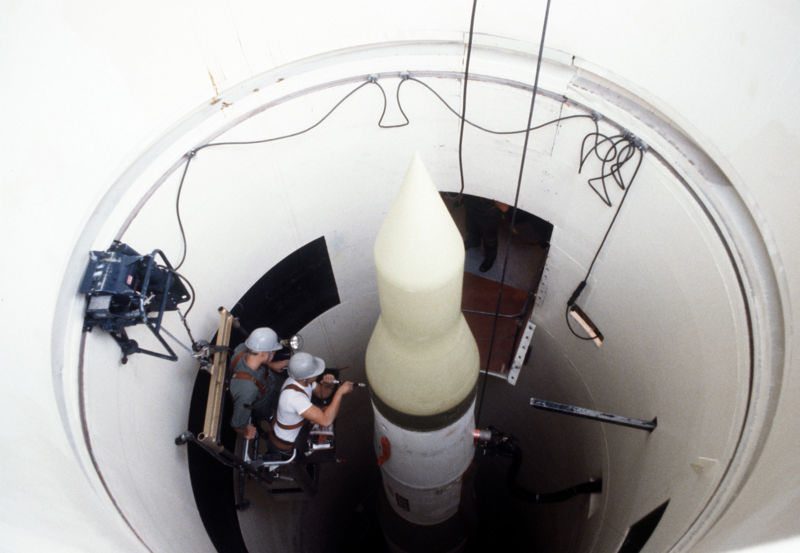For more than two million in-theater combat hours, U.S. Army aviators have relied on BAE Systems’ Common Missile Warning System (CMWS) to locate and protect against infrared threats. As a result of the system’s success, the U.S. Army has awarded the company a $39 million contract for more than 300 third-generation (Gen3) units. This order coincides with the fielding of the Gen3 system that includes hostile fire indication to detect and evade small arms fire and new data recording capabilities for detailed post-mission analysis.
“Our Common Missile Warning System has been battle tested with more than 2,100 systems delivered and integrated on more than 30 different platform types,” said Bill Staib, director of Threat Management Solutions at BAE Systems. “The Gen3 enhancements allow us to provide a missile warning, hostile fire indication, and data recording system all in one box. This can immediately make a difference for our troops by improving survivability and increasing situational awareness.”
As a highly automated and tightly integrated infrared countermeasures suite, CMWS locates threats and dispenses countermeasures without requiring pilot intervention. The system features a modular, customizable design that allows for seamless integration with other aircraft and survivability systems. To that end, CMWS has demonstrated its ability to serve as a centralized processing system for Integrated Aircraft Survivability Equipment.
The $39 million order is the first under a proposed $496 million indefinite delivery, indefinite quantity contract and increases the total U.S. Army Gen3 procurement to more than 1,300 units. The current contract includes unit spares and engineering and technical services. The Gen3 systems will be fielded to more than 1,000 U.S. Army platforms over the next two years, and has already begun with in-theater installations on the Apache, Kiowa, and Blackhawk aircraft in Afghanistan.
BAE Systems has a long history of providing threat detection and advanced threat countermeasures for superior protection against guided and unguided threats to both rotary and fixed wing aircraft. Highlighting the company’s leadership in this area, its CMWS technology is expected to be utilized to identify incoming threats for the U.S. Army’s next-generation Common Infrared Countermeasures system, which is designed to protect the U.S. Army and Navy helicopter fleets.











